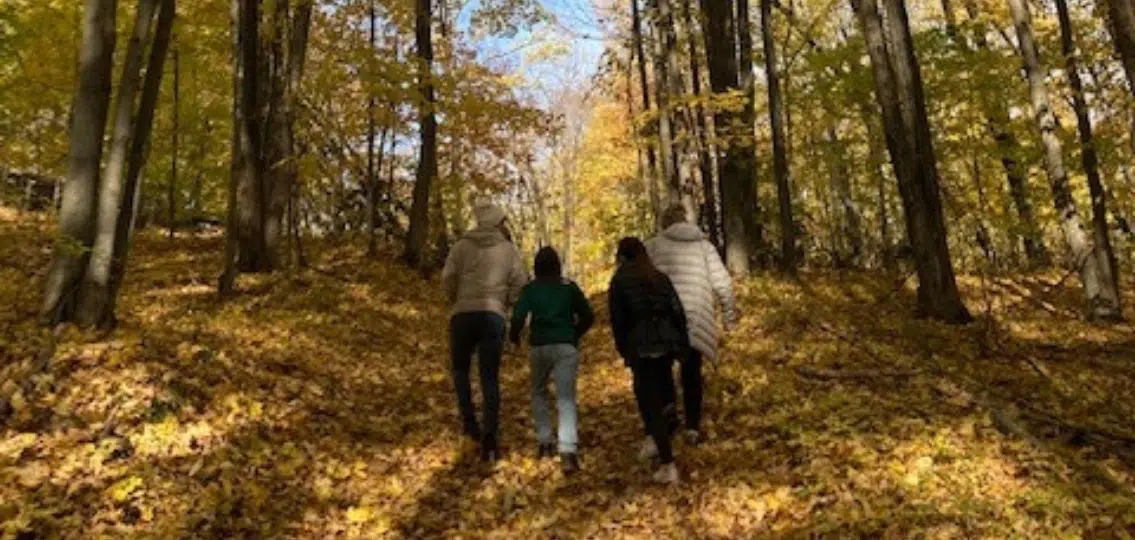When I created a hiking course for seventh and eighth graders, I added a curriculum centered around mindfulness, writing, and creating art. In my mind, the sun would shine down upon us, and we’d all be Zen and enchanted by nature. But then we had our first class together and it was not what I hoped for. I had my students stack rocks. Then I opened a discussion using the stacks as a metaphor for balancing our lives with things we enjoy doing or need to do (like rest) as opposed to things that make us feel off-kilter. My students weren’t into it. I went home feeling defeated.
Still, I persisted. I kept on with my big plans for a couple of weeks more, adjusting each time to give my students fewer tasks to do. They still weren’t interested. Then one day I realized what these young teens craved was space to explore, observe, and enjoy. To give them that space, I needed to let go. So, I ditched my agenda in favor of giving my students freedom to hike and wander through the woods. In return, I witnessed more joy from my students every week.
Was it perfect? Of course not.
Living in northern Michigan sometimes meant we went outside in 10-degree weather, so I got a little pushback. But once I gave them more freedom, something magical happened. They threw snowballs, searched for fallen bird feathers, observed the changing leaves, watched as a river flowed by. One day, I kid you not, they were making land art with some rocks and fallen autumnal leaves when a random man appeared with a flute and played music. Some of my students gathered around him to listen. After the song was over, they clapped for him. One boy skipped back to his creation, declaring, “I skip when I’m happy. I’m so happy.”
The kids didn’t need fancy lesson plans or art supplies. All they needed was simply being in nature. From then on, that’s all I gave them. It was more than enough. Nature gave them space to forget all their daily worries and just be kids again.
It turns out we did a version of forest bathing.
Forest bathing originated in Japan (known there as shinrin-yoku) a handful of decades ago. Essentially, what it means is spending time in nature to immerse your senses and be fully present. The idea being, that nature heals you. It helps your mental health and overall state of mind. This idea is supported by several studies. One, a study in PNAS (Proceedings of the National Academy of Sciences) reports that after walking for 90 minutes in a natural space, people ruminate less and show reduced neural activity in an area of the brain linked to mental illness.
Does this mean that nature is a cure all for a world heavy with problems right now? No, I’d never claim for it to be. But I will say that I’ve seen nature help many, including myself. I share this because I know people need a lot of mental health support during this pandemic, and in my own family I want to remember that when my oldest, a tween, is having a hard time, I can help them find a place where life feels less complicated. For us, that place is nature. We just need to find a trail and go.




